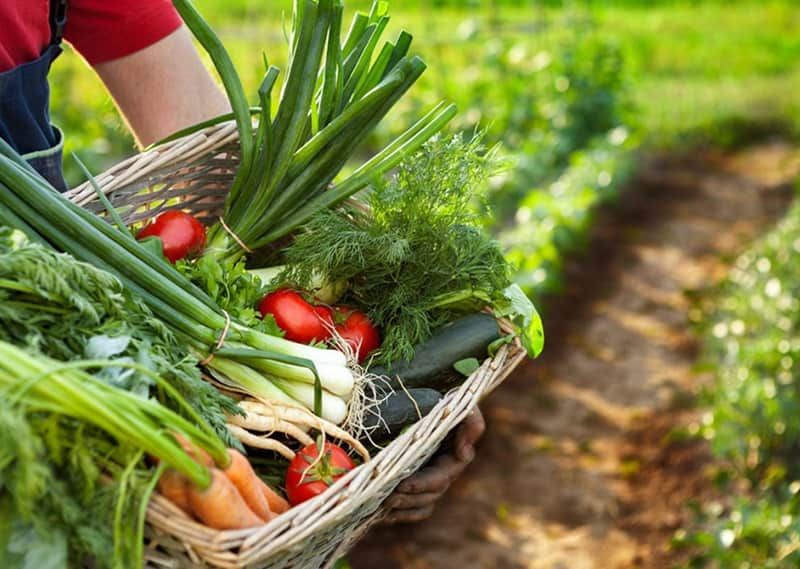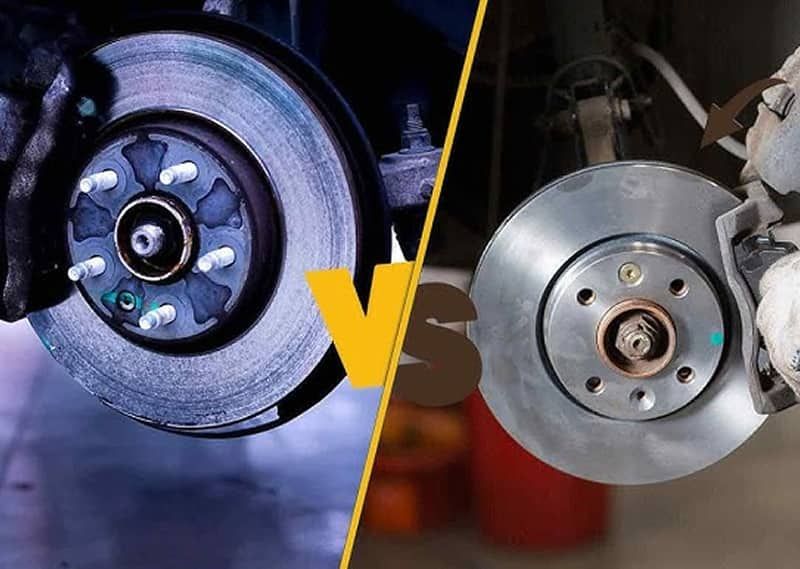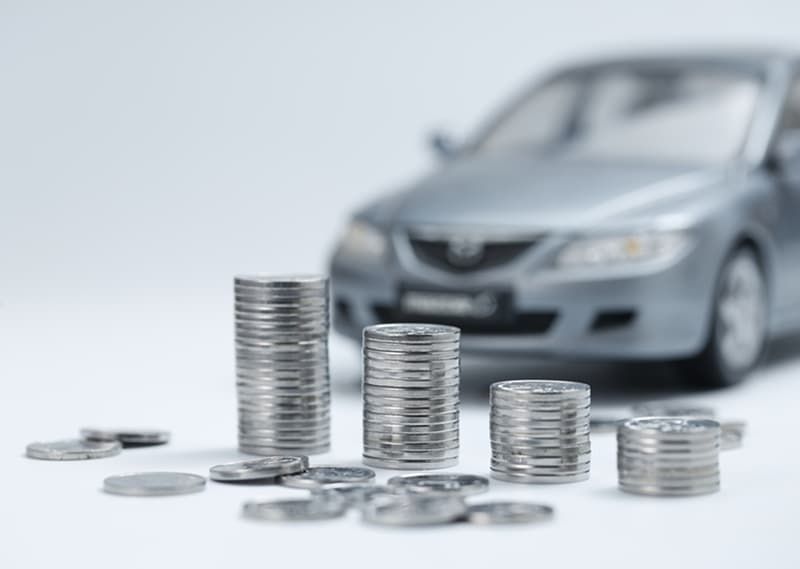Secrets of Ideal Timing for Picking Garden Vegetables
There really is nothing quite as satisfying as walking into a garden and picking vegetables that you grew yourself-all the way from seed. But unfortunately even the keenest gardeners are faced with the same dilemma: how to tell when your vegetables are actually ready? Harvested prematurely, produce would taste and feel under-developed, whereas harvested late would also have an unpleasant bitter flavor or become tough and rotten. Specific crops come with their own signals and after learning to read the signals, your harvest not only tastes better but it is more rewarding.

Tomatoes are an old favorite, but color is not always the complete picture. A ripe tomato will still be firm but will give to pressure. Depending on variety, it will also deepen to red, gold, or even purple. The area surrounding the stem is a good gauge—if the green has turned to the ripe color and the fruit comes off easily with a twist, it’s ready. Leaving tomatoes hanging too long welcomes splitting, especially after a rain, so timing is everything.
Cucumbers are most flavorful when smaller than the typical grocery-store equivalent. The most sweet is when they are six to eight inches in length for slicing cucumbers, or shorter for pickling cucumbers. A dark green, shiny skin is a sign of readiness. The minute the surface dulls and begins to yellow the seeds harden, and the taste becomes bitter. Due to their rapid growth, it helps to examine your cucumbers once lasts every day in the middle of the summer.
Zucchini has a habit of catching gardeners off guard by developing rapidly. Its ideal size for tenderness is six to ten inches. The skin is still thin at this stage, and the flesh slices cleanly. Too-large zucchini can end up tasting bland, spongy. Harvesting in regular intervals will motivate the plant to continue producing and so be diligent.
Green leafy things, like spinach and lettuce, are fussier, based more on a period of tenderness than on a moment of ripeness. Loose-leaf lettuce is optimal when leaves reach four to six inches in length. Head lettuces are ready to be picked when they are firm to the touch. Wait too long, and they bolt—shooting up a tall stalk and growing bitter. Spinach has the same sort of limit: it must be harvested before the hot weather arrives, when sweetness is rapidly lost.
Root vegetables signal readiness near the soil surface. Carrots, for instance, will show their shoulders. Half-inch diameter is usually the moment to pull one up as a test. If it’s crunchy and sweet, the others are ready. Beets also reward early harvesting; two inches in diameter is tender, with larger roots risking woodiness. Radishes need special attention since they can overripen in a few days, losing crunch and flavor.
Peppers are harvested at different times for flavor. Green peppers are immature but are prized for their crisp freshness. Left on the plant longer, they ripen to red, orange, or yellow fruits with sweeter notes. Lustrous skin signals prime quality, and dullness signals over ripeness. Hot peppers like jalapeños often develop “corking”—tiny cracks on the surface—when they are most fiery.
Beans are another crop where timing is everything when it comes to quality. Snap beans must be picked when pods are smooth and thin, before the seeds inside start to swell appreciably. Regular picking will keep them tender and inform the plant to set more. With shelling beans, it is exactly the opposite: swollen pods signal that seeds inside have fully formed and are ready to pick.
Corn can be tricky, but it, too, gives clear signs. The silks on top of the ear become brown when the ear is nearly mature. Pull back the husk slightly and press a kernel: if the liquid is milky, the corn is perfect. Watery liquid means that it’s not yet ripe, and thick paste that it’s passed its prime. Because the sugars quickly convert to starch, corn is best eaten soon after picking.
Learning the right time to harvest is less a question of rules and regulations than of attention. A cucumber’s gloss, a tomato’s firmness, the brown tassels on corn—all are subtle cues that tell you volumes. In listening to them, you do more than you improve the taste of your cooking; you improve your connection with the garden itself. Perfect flavor, after all, begins with flawless timing.
 Disclaimer:
Disclaimer:
The content provided on our blog site traverses numerous categories, offering readers valuable and practical information. Readers can use the editorial team’s research and data to gain more insights into their topics of interest. However, they are requested not to treat the articles as conclusive. The website team cannot be held responsible for differences in data or inaccuracies found across other platforms. Please also note that the site might also miss out on various schemes and offers available that the readers may find more beneficial than the ones we cover.
Featured Articles
-
 Home & Garden
Home & GardenA Comprehensive Guide to Avoiding Costly Furniture Pitfalls
-
 Health & Wellness
Health & WellnessWhy We Need to Stop Eating Plastic And the 7 Everyday Items Making It Worse
-
 Finance
FinanceFive Good Reasons to Invest in Renter’s Insurance
-
 Home & Garden
Home & Garden8 Simple Rental Upgrades That Feel Like Home
-
 Automotive
AutomotiveWhat’s the Big Deal with Ceramic vs. Organic Brake Pads? Which Type is Hard on Rotors?
-
 Automotive
AutomotiveHow Car Depreciation Occurs and Effective Tips to Reduce It




